Fenix LR35R | Expert Review by Koen van der Jagt
Knivesandtools sells many Fenix flashlights, amongst which the LR35R. A canon that easily fits inside your jacket pocket. Koen van der Jagt put this ligt to the test and shares his experiences.
The new Fenix LR35R: the Fenix light cannon in action!
I often see many trends come and go in the world of flashlights. A recent one was the lumen-race: who can introduce a flashlight with as much lumen as possible... Now that this storm has subsided somewhat the focus has shifted to something new: more output from a smaller size, something which, ever since the growing popularity of the 21700 batteries has become increasingly possible. Experienced manufacturer Fenix, of course, couldn't stay behind on the rest and recently launched the LR35R. This is the second Fenix (after its big brother the LR40R) which can produce 1000 lumens, but the first that will also fit inside your pocket. And that is exactly what makes this light so special! Especially considering the fact that the time during which this was thought to be impossible is not even that far behind us. I was truly looking forward to get to know this marvel and will share my experiences with you. Because the LR35R falls in between its big brothers in terms of output, I do want to compare it to both. I will also discuss the light features and the power the light produces, often leaving us with surprising images. Curious? Continue reading!
Unboxing
The LR35R is wrapped in a cardboard box that features the light on the front of the box and below it its most important features. On the back you can find the specs and on the side some other icons that tell you what the LR35R can do and handle. The light comes with a holster, lanyard, a spare o-ring and a USB-C cable. As usual a charger is missing but I am sure not too many will be bothered by that. Other than that you can find a manual and some ads; that's it. It is good to know that the (valuable) 21700 batteries are included; you can, after removing the protective cap, immediately get to work. I have grown accustomed to these Fenix boxes, they contain everything you need and that's it. I have seen some more luxurious boxes in the past... A luxurious box for a light in this price range would perhaps be more suited.
First impressions
First impression: wow the LR35R is surprisingly small! Mostly because the '35' reminded me of the Fenix classic (the TK35), I would have expected the LR35R to be the same size. Nothing could be further from the truth: the LR35R is clearly shorter than the TK35 while both heads have the same diameter. Sometimes I wonder if these lights can become even more compact.
When you hold the LR35R you notice that you are holding a Fenix light: solid, decent and properly finished. The eye-catchers are, of course, the head of the light with no less than six SST-40 LED lights, the switch with the stunning 'copper' edge and the large clip on the back of the body. In terms of design it fits with the rest of the large Fenix family, even though the design does match the TK(35) collection better than the LR(40) collection. I think it is a nicely balanced design, the light radiates power. The head contains six smooth, relatively shallow reflectors that merge with each other. The LED lights are nicely placed in the middle and the reflectors are free from any irregularities. A smooth reflector, combined with the right LED light will provide you a great beam distance. So not something you have to worry about with the LR35R. On the side of the head you can find a switch with a build-in status LED light, surrounded by a copper-coloured metal edge. The button is slightly 'hidden' and makes sure you don't accidentally turn on the light. On the other side of the light you will find the USB-C port that is protected by a tight-fitting rubber. It might take you some time to remove the rubber (you will find a little arrow on the cover) but this does protect the light from dust and water. The entire design is enhanced with milled out 'ridges' that each have a different function: they dissipate the heat, provide you with a better grip and ensure that you can put the light down without it rolling away. The clip is unique for a 'large' Fenix light and tells you that you can also carry this hulk in or on your clothing. It is attached to the light so if you wish to remove it you need a special screwdriver. However, you hardly notice the clip as you use the light, so this is probably not necessary. On the back of the LR35R you can find two holes to attach a lanyard. I personally think these are too small; you won't be able to attach an old Fenix lanyard. The LR35R is quite stable on its rear and can, therefore, also be used as a lantern in combination with a diffuser. As far as I know there is no Fenix diffusor with this diameter, so you would have to come up with your own. You can easily open the light and immediately you will notice the two 21700 batteries the light houses. These are the powerful brothers of the well-known 18650 batteries which are still used for many flashlights. An important advantage when compared to a built-in battery pack is that you can always purchase an additional set of 21700 batteries and keep those on stand-by for emergencies. Solid springs protect the batteries from blows and two plus/minus icons show you how to place the batteries.
This Fenix product leaves a great impression. It might seem like I am repeating myself over and over. However, this manufacturer simply has its affairs in order with regards to (construction)quality. The LR35R is no exception. Below a couple more images!
Controls
The LR35R feels great in hand, the light is nicely balanced. Of course this isn't the lightest light is its range but that is not surprising since it houses no less than six LED lights and two massive batteries. To me the flat body (like those used for the TK35 collection) is always a plus. As such the LR35R is a little more manageable than the LR40R. As said before you won't be bothered by the fixed clip. The light offers you enough grip and won't easily slide from your hands. The LR35R can easily be used with one hand; when you place it in your hand your thumb will, almost automatically, find its rightful place, so on the control button. You can clearly feel the button thanks to its structure and shape, but for me it is too small. When it is dark out and you need to find it by feel you would probably wish it was larger as well. Or, like with the good-old TK35, use the on and off button on the back. Reality has taught us that you will always find this type of switch by feel, even when it is pitch dark out.Another good tip for Fenix would be to lightly illuminate the switch. As such finding it in the dark would be a lot easier. Perhaps something for the future?
An all-in-one button to control the light. Fenix doesn't like surprises and often works via the same concept. To turn the light on or off you hold the switch for a mere second, afterwards you can switch through the light modes with short clicks. Not that difficult and very effective. Fenix divided the output over five light modes. The lowest mode starts with no less than 100 lumens. That is quite a lot and turns the LR35R into a light for the more demanding tasks. Not a big deal, but if I had a say I would have added a lower 5 lumen or less mode. That would have made the light even more complete. Of course the LR35R will start in the mode last used except for one option: the blinding stroboscope function. You turn it on by holding the switch a little longer, regardless of whether the light is on or off. Wow that defensive mode with its frequency changes is quite blinding! Other than that the LR35R is not enhanced with instant modes like immediate access to the Turbo or momentary-on mode which will provide you with light as long as you might need it and hold the switch. With regards to the Turbo mode: it will effortlessly function for minutes without switching back to a lower mode because the light will become too hot. Perhaps obvious, but you shouldn't expect a light this size to continuously function in the highest mode. It goes without saying that you can protect the light from accidentally being turned on. There are two ways: one double-click on the switch or loosening the head of the light by a quarter turn. I prefer the physical way over the electronic, also because the light will always blink twice with option one when you hold the switch. If you want to stay under the radar (perhaps during a surveillance) and you accidentally press a button you don't want it to blink twice.
You can easily charge the light via the USB-C port. You can also remove the batteries and charge them in an external charger. In terms of charging time it won't make a big difference, if your batteries are dead keep a charging time of two and a half to three hours into account. Regularly charging the batteries won't do them any harm and is even recommended. As you charge the batteries the LED indicator flashes red until it turns green which means that the batteries are, once again, at full strength. When in stand-by you check the status of the batteries with a short click on the button. The indicator will light up continuously or flashes in green or red to make sure you know how long you have left.
Conclusion in terms of controls: on the one hand I want to compliment Fenix. They definitely know how to keep things simple. That said, I do sometimes feel that the controls are a little too simple, lacking a couple practical options. However, most users will be able to easily use this light.
Light features
The light sources used in the LR35R are SST-40 LED lights. You also come across this type of LED light in the most recent TK22. The light module offers a nice mixture of output and reach to make sure that, in addition to a massive output, the LR35R also has a beam distance of up to 500 metres. Do, however, keep in mind that this is a factory listing; this means that in reality it comes down to a distance that can be reached 'in the best possible circumstances'. I often find myself dividing this amount by three and then multiplying it by two which is often a lot more realistic.
In term of shade Fenix often opts for the cold-white version for almost all its models and the LR35R is no exception. The colour of the beam is nice and even, without that blue or green hue you often see in cheaper lights. As it should be! I would love for Fenix to add more neutral-white versions to their range; I like the warmer shade and the better colour rendering; even though this also means you often compromise when it comes to beam distance. To give you a good idea of the light profile and shade I will point the light at a white wall. In comparison I will use two other winners from the Fenix family, the LR40R and the TK72R. As we head outside this will also be the LR35's 'rivals'! Below the candidates, here you can once again see the compact size of the LR35R!
Beamshots inside
We start inside with the LR35R. Because I use a white backdrop I can easily show you how the light profile 'builds', as it were, from light mode to light mode; this also shows you how the shade differs per mode. It is remarkable that in the lower modes you clearly see a warmer shade. Below the five modes; especially the higher modes are blinding in the small space!
Now I can also immediately show you the differences when compared to the LR40R and the TK72R.
The shade of the LR40R is warmer, but less even in terms of colour when compared to the LR35R and the spot is less defined; this means that, at a shorter distance, the LR40R produces more light and that the LR35R can highlight a larger surface at a distance.
In terms of colour the TK72R is more similar to the LR35R, although its beam is the narrowest of the three candidates in this test. With the TK72R, you can see some more yellow/green in the corona. The hotspot is less defined, this light produces a lot of light at a short distance, but falls short of its LR brothers in terms of range.
Beamshots outside
Time to head outside. The location is a dark forest on the Veluwe. The trees nicely show you the difference in terms of light features and beam distance. First the five light modes of the LR35R, you can see that the light still contains a relatively low light mode.
Here the other lights can also show off. It is always fun to compare and often it is also quite surprising!
Below the dual between the LR35R and the LR40R. The LR40R produces a lot of light at a short distance and you can also clearly see the effect of the extra central 'spot LED light': it gives the light its extra range. When you look at the LR35R you see a more even division of the light over the entire beam distance. Take a closer look at the trees in the back and you will see. These trees are better highlighted by the LR35R.
Impressive power, also for the TK72R, even though this light clearly has a smaller beam distance. The large tree trunk on the right is hardly illuminated and even the trunks at the end are difficult to count. So a more concentrated beam for the shorter distance for the TK72R
When you look from the side you see the features of the beam even better. Because the camera is located a little further away from the lights the colour of the beam is also nicely visible.
Something you once again notice below is the warm colour of the light of the LR40R and the effect of the middle LED light. You see a separate thin ray in the middle of the beam. The LR35R illuminates a larger surface of the trees at that distance.
On the road you can also clearly see that the TK72R cannot bridge massive distances, but still provides you with a lot of even light. This is, in addition to the LED light used, also the result of the so-called 'orange-peel' reflectors; they scatter the light more than the smooth reflectors in the LR lights.
Below some more images while holding the light that once again demonstrate the impressive features of the LR35R: a broad beam with a great range!
Conclusion
With the LR35R Fenix once again moves one step forward. Not in terms of total output, because we had already seen before that both the TK72R and the LR40R are hulks. The strength of the LR35R is that its size is combined with a broad beam which produces a lot of light over the entire range. As such the light is great as a search light that enables you to light up a broad surfaces located even hundreds of metres away. And the good thing is, it still fits inside your pocket! The light feels great in hand and it is easy to use. The clip is also a practical addition, the first on a 'large' Fenix.
No bad things to mention? I believe there is always room for improvement. In the case of the LR35R I think of an illuminated switch, a low (and energy-sufficient) light mode and the possibility to immediately use the turbo mode. And... The tactical switch added to the back of the TK35 would also be great on the LR35R. Perhaps the manufacturer will read this as well; I would love to be surprised!
Thanks to the KATO team that gifted me the LR35R for this review!
Koen van der Jagt
Ever since he could walk Koen has been interested in lights, wires and batteries. As a child he was always working with dyno torches, bike lights and electrical boxes. The krypton and halogen lights were replaced by LED lights. A couple of years ago he discovered the ‘professional’ stuff. His first brands were Led Lenser and Fenix. Photography is also one of his hobbies. In addition to nature and meteorology Koen loves to show others what a light can do and what its beam looks like at night. Koen’s reviews can often be found on forums such as candlepowerforums.com and taschenlampen-forum.de. Throughout the years Koen has collected lights in practically any category: from small and compact to enormous powerhouses.

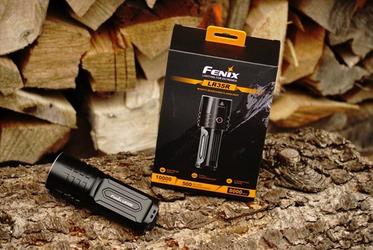

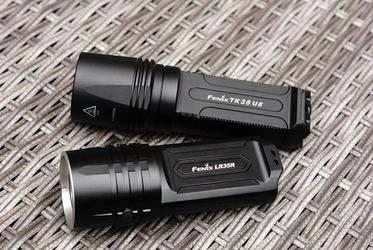
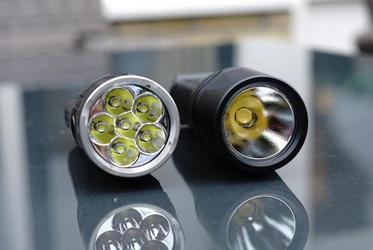
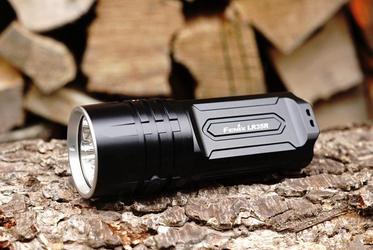
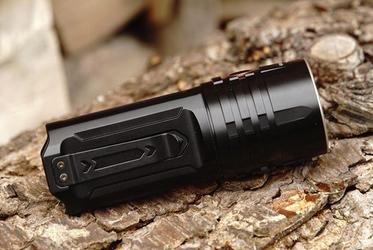




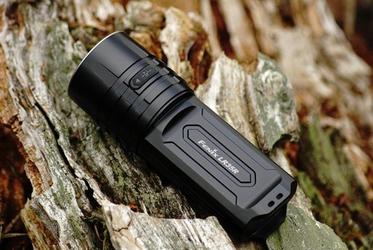
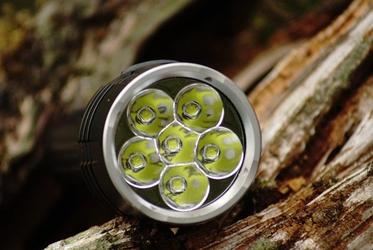
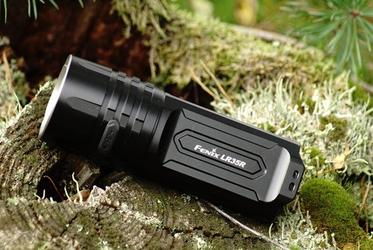
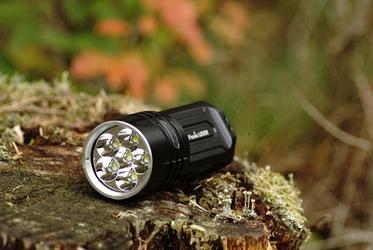
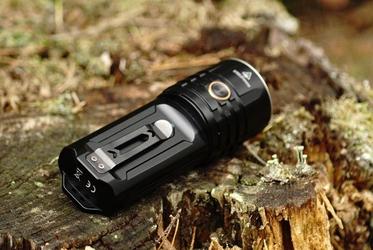


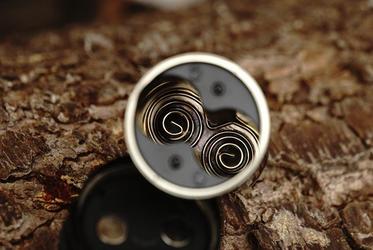
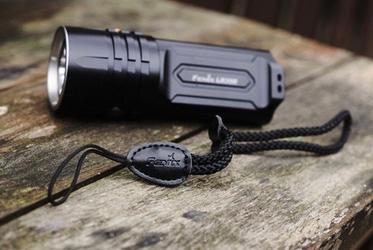
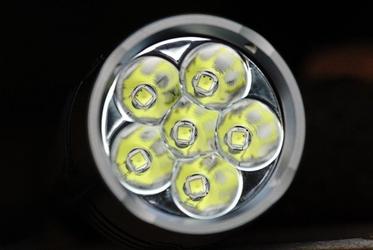

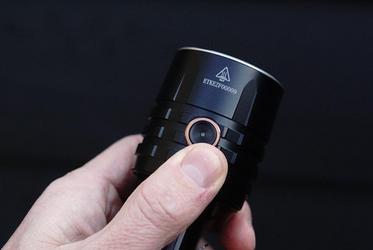

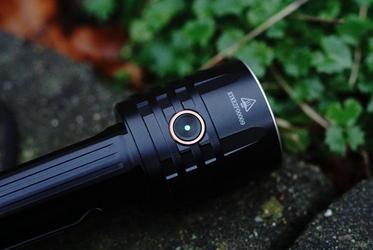
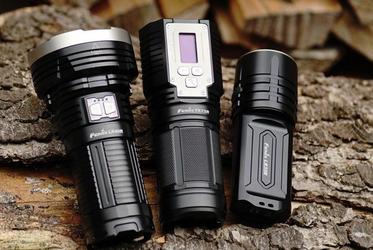
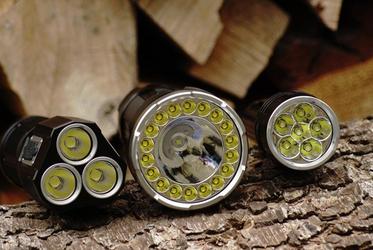
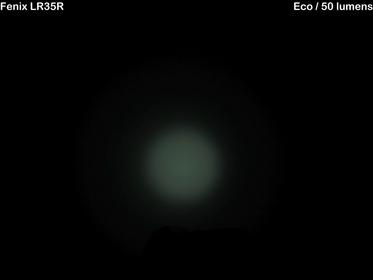
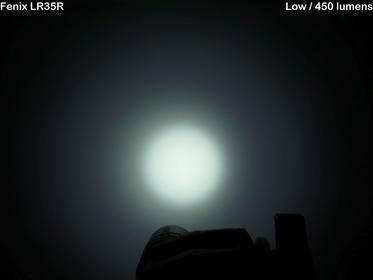
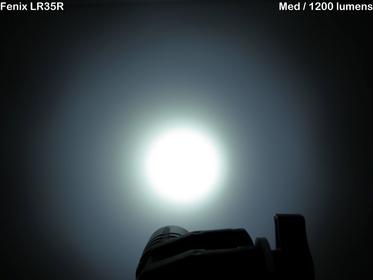
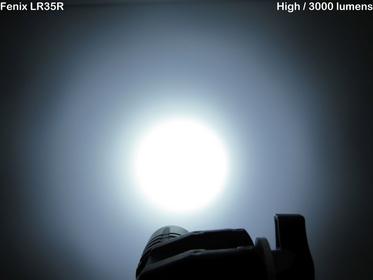

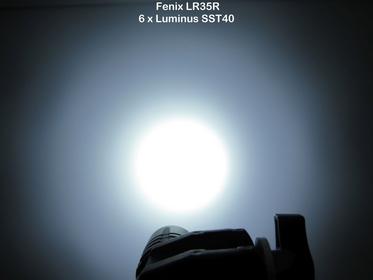



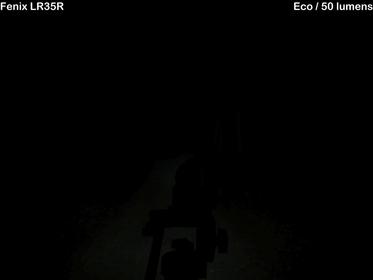
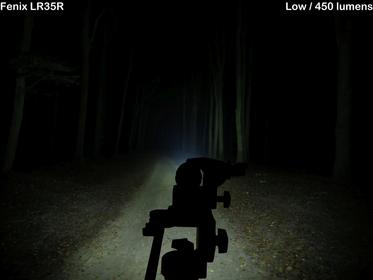

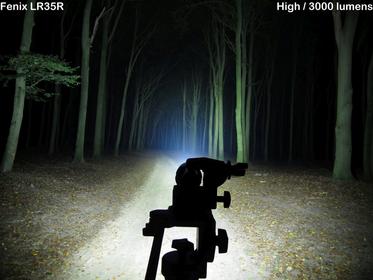
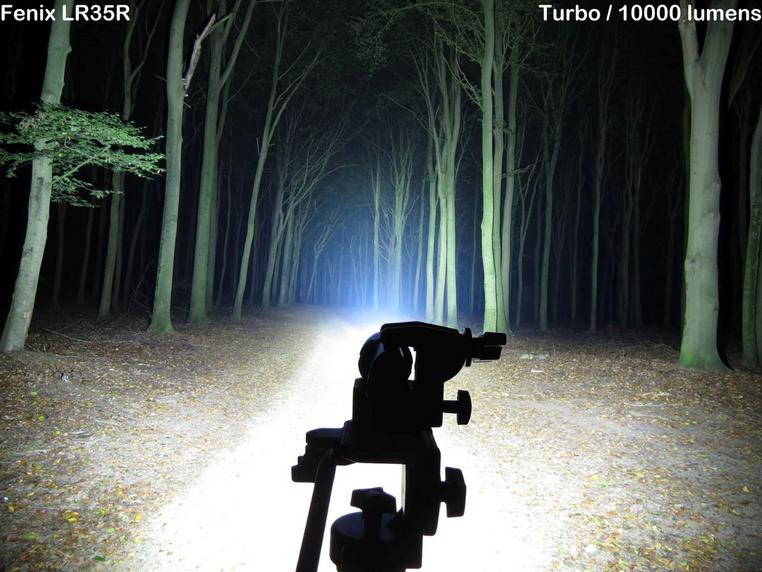




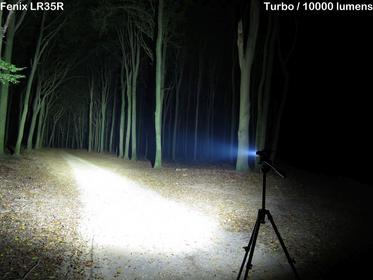

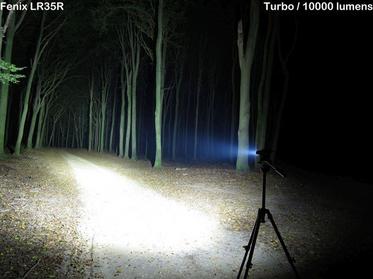
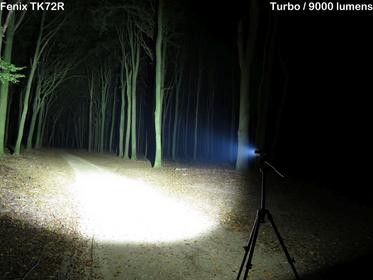




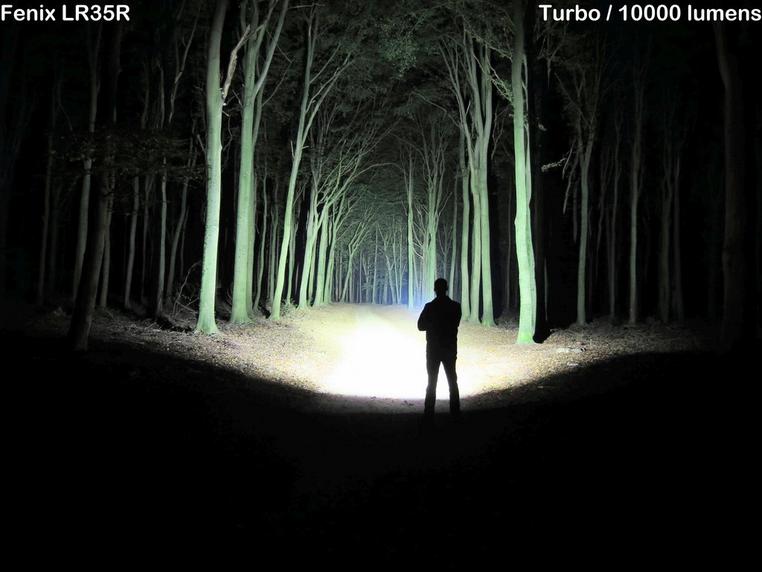






?%24center=center&%24poi=poi&%24product-image%24=&fmt=auto&h=500&poi=%7B%24this.metadata.pointOfInterest.x%7D%2C%7B%24this.metadata.pointOfInterest.y%7D%2C%7B%24this.metadata.pointOfInterest.w%7D%2C%7B%24this.metadata.pointOfInterest.h%7D&scaleFit=%7B%28%24this.metadata.pointOfInterest%29%3F%24poi%3A%24center%7D&sm=c&w=1208)






